Shrub Installation Fort Worth
Shrub Installation in Fort Worth
Shrub installation establishes foundation plantings, privacy screening, borders, mass plantings, garden structure—creating landscape bones, defining spaces, providing year-round presence, filling beds with appropriate plants. Fort Worth landscapes need shrubs constantly—new construction requiring complete plantings, renovations replacing overgrown or dead shrubs, adding screening for privacy, filling gaps in existing landscapes, creating structure and mass throughout properties. We install shrubs throughout Fort Worth—foundation plantings in Aledo matching new homes, privacy screening in Tanglewood yards, native shrub gardens in Fairmount landscapes, commercial plantings near Alliance, mass plantings creating impact in various neighborhoods. Shrub installation success depends on proper techniques—Fort Worth clay requiring specific methods, spacing for mature sizes not installation appearance, species selection matching conditions, planting depth preventing root flare burial, establishment watering critical first season. Professional shrub installation handles our challenges—preparing clay soil properly, selecting proven Fort Worth performers, proper depth and technique, spacing avoiding future overcrowding, irrigation ensuring establishment, realistic plant selection surviving our heat and conditions.

Understanding Shrub Roles in Landscapes

Foundation plantings framing homes—softening architecture, connecting structures to landscapes, creating curb appeal, defining building bases, traditional landscape function. Foundation shrubs are basics—every home needs them, proper selection and placement critical, avoiding common overcrowding problems.
Privacy screening blocking views—evergreen shrubs creating living fences, blocking neighbors or streets, defined heights and densities, functional plantings. We design screening—adequate height and density, proper spacing filling in, evergreen year-round coverage, functional privacy.
Mass plantings creating impact—grouping multiple plants together, creating visual weight, stronger statements than scattered singles, design principle creating presence. We mass shrubs—groups of three to seven or more, creating impact, avoiding one-of-everything scattered randomly.
Border and hedge plantings—defining spaces, creating edges, formal or informal hedges, structured plantings organizing landscapes. We design borders—appropriate shrubs for formal or casual hedges, proper spacing, creating definition.
Specimen accent shrubs—featuring individual interesting plants, focal points, unique varieties, strategic placement highlighting special plants. We incorporate specimens—interesting natives or adapted varieties, proper placement featuring them, creating focal interest.
Layering in planting beds—varied heights from tall shrubs to medium to low, creating depth, multiple levels, sophisticated planting design. We layer properly—tall backing medium backing low, creating three-dimensional plantings, avoiding flat single-height beds.
Seasonal interest progression—evergreen structure, spring bloom, summer heat tolerance, fall color, winter presence, year-round attractive landscapes. We design for seasons—bloom timing variety, fall interest, evergreen structure, four-season landscapes.
Fort Worth-Appropriate Shrub Selection
Yaupon holly absolutely bulletproof—evergreen shrub 8-15 feet, dwarf varieties smaller, red berries on females, incredibly tough handling everything, most reliable Fort Worth shrub. We plant yaupon extensively—foundation plantings, screening, massing, weeping form specimens, proven performers thriving anywhere.
Dwarf yaupon for low plantings—compact varieties staying 3-4 feet, excellent foundation shrubs, same toughness smaller package, perfect under windows. We use dwarf yaupon constantly—foundation plantings, low hedges, mass plantings, reliable appropriate-sized shrubs.
Texas sage for drought tolerance—silvery foliage, purple or pink flowers after rain, extremely drought-tolerant, 4-6 feet, various varieties, loves heat and sun. We plant Texas sage—hot dry exposures, water-conserving landscapes, heat-loving performers.
Flame acanthus for hummingbirds—orange tubular flowers spring through fall, dies back winter returning spring, 3-4 feet, hummingbird magnet, loves Fort Worth heat. We incorporate flame acanthus—hummingbird gardens, perennial borders, hot sites, spectacular summer performers.
Wax myrtle fast screening—evergreen large shrub to small tree, aromatic foliage, fast growth, excellent screening, 12-15 feet, coastal native adapting well here. We use wax myrtle—screening applications, fast-growing evergreen, foundation plantings, excellent backdrop.
Dwarf Burford holly—compact evergreen, 4-6 feet, red berries, formal appearance, heat-tolerant, traditional foundation shrub. We plant Burford holly—formal landscapes, foundation plantings, heat tolerance, proven Fort Worth performance.
Possumhaw holly deciduous with berries—brilliant red berries winter, deciduous holly losing leaves revealing berry-covered branches, female plants needing male pollinator, incredible winter interest. We design possumhaw groupings—females for display with male nearby, winter focal points.
Nandina various sizes—dwarf varieties 18-24 inches, standard 4-6 feet, evergreen, red winter foliage, berries on standards, various cultivars. We use nandina appropriately—dwarf varieties for low plantings, avoiding over-use, appropriate situations.
Loropetalum for color—burgundy or green foliage, pink or white flowers spring, evergreen screening or accents, 6-10 feet standard or dwarf varieties, adapted performer. We plant loropetalum—screening, color accent, foundation plantings, proven Fort Worth adaptation.
Boxwood for formal hedges—evergreen compact growth, formal shearing tolerance, various sizes, traditional hedge material, requiring adequate water. We use boxwood—formal situations, proper irrigation, understanding water needs, traditional formal landscapes.
Turk's cap for shade—shade-tolerant native, red tubular flowers attracting hummingbirds, spreading by runners, 3-4 feet, excellent woodland gardens. We incorporate Turk's cap—shade gardens, hummingbird plantings, woodland edges.
Site Assessment and Preparation
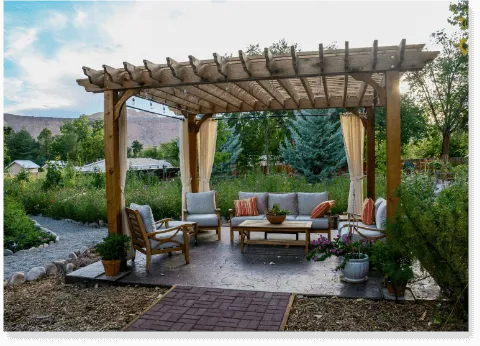
Sun exposure evaluation—full sun, partial shade, full shade, understanding actual conditions, matching shrubs to light levels. We assess sunlight—actual hours and intensity, proper plant selection for conditions, avoiding sun-lovers in shade or shade plants in sun.
Mature size planning critical—understanding actual mature dimensions, spacing appropriately, accepting sparse initial appearance, avoiding future overcrowding. We space for maturity—not installation appearance, proper spacing looks thin initially but fills correctly, preventing overcrowding disasters.
Soil drainage assessment—observing water behavior, identifying poorly drained spots, understanding drainage, appropriate plant selection. We evaluate drainage—selecting appropriate shrubs for conditions, addressing poor drainage when possible, proper matching.
Existing soil evaluation—clay type and quality, compaction level, fertility, understanding growing medium. We assess soil—clay conditions, compaction, appropriate preparation based on conditions.
Utility clearance verification—avoiding planting over underground utilities, proper clearances, safe placement. We verify utilities—calling 811, proper clearances, safe responsible placement.
Bed preparation—defining bed edges, removing existing vegetation, preparing soil, establishing planting areas. We prepare beds—proper edges, clean preparation, ready for planting.
Proper Planting Depth
Hole width 2-3 times root ball—breaking through clay, encouraging lateral root spread, adequate diameter. We dig wide—proper width, breaking clay perimeter, encouraging outward rooting into native soil.
Planting depth absolutely critical—root flare visible at surface, planting high in clay, proper depth preventing mortality, most important factor. We plant high always—root flare exposed, slightly high settling to proper level, correct depth preventing problems.
Container removal and root preparation—sliding from pots, inspecting roots, addressing circling roots, proper root ball prep. We remove containers completely—inspecting and preparing roots, proper technique.
Cutting circling roots—severing roots wrapping root ball, encouraging outward growth, preventing future girdling, proper root preparation. We cut circling roots—encouraging proper outward rooting, preventing girdling years later.
Loosening root ball edges—teasing apart outer roots gently, encouraging outward growth, proper preparation without excessive damage. We loosen edges—encouraging rooting into native soil, gentle appropriate preparation.
Backfilling with native clay—no amendments in planting holes, using excavated clay, proper Fort Worth technique. We backfill with native soil—unamended, avoiding textural interfaces, proper technique for clay.
Firming soil gently—light firming eliminating air pockets without over-compacting, proper contact, gentle technique. We firm appropriately—eliminating voids, adequate contact without excessive compaction.
Initial watering thoroughly—deep watering settling soil, eliminating air pockets, saturating root ball and surrounding soil. We water thoroughly—complete saturation, settling soil, adequate initial moisture.
Spacing and Layout Design
Proper spacing by mature size—spacing based on mature width, allowing adequate room, understanding spacing looks sparse initially. We space correctly—mature dimensions determining spacing, initial sparse appearance filling properly over time.
Grouping in odd numbers—threes, fives, sevens, design principle creating natural appearance, avoiding even paired plantings. We group odd numbers—natural-looking arrangements, design principle creating better appearance.
Mass plantings for impact—multiple plants of same variety grouped together, creating visual weight, stronger than scattered singles. We mass appropriately—groups creating impact, avoiding scattered one-of-everything collections.
Layering heights properly—tall shrubs backing medium backing low, creating depth, three-dimensional plantings. We layer correctly—varied heights creating depth, sophisticated multi-level plantings.
Staggered placement not straight lines—offset rows creating fullness, avoiding military rows, natural attractive arrangements. We stagger plants—creating depth and fullness, avoiding rigid geometric spacing.
Repetition throughout design—repeating key shrubs in multiple locations, creating rhythm and unity, visual threads connecting spaces. We repeat strategically—same varieties appearing multiple locations, creating cohesion and unity.
Triangle planting principle—arranging three plants creating triangular shapes, stable attractive groupings, basic design technique. We use triangles—stable groupings, attractive arrangements, fundamental design principle.
Soil Preparation Methods
Bed-wide amendment preferred—preparing entire beds not just individual holes, uniform soil conditions, better results than hole amendments. We amend beds completely—tilling and incorporating throughout beds, uniform conditions.
Compost incorporation—working in quality compost, improving clay structure, adding organic matter, gradual soil improvement. We incorporate compost—generous additions, proper tilling, improving clay over time.
Expanded shale for drainage—adding expanded shale improving drainage in clay, opening structure, helping water movement. We use expanded shale—appropriate clay improvement, better drainage, proper amendments.
Tilling depth 6-8 inches—adequate depth incorporating amendments, breaking compaction, proper preparation depth. We till properly—adequate depth, thorough incorporation, quality bed preparation.
Avoiding excessive amendment—moderate amendment appropriate, excessive creating textural problems, proper balance. We amend moderately—improving without creating interfaces, appropriate enhancement.
Raised beds for poor drainage—building up 6-12 inches, bypassing poor clay drainage, creating better growing medium above grade. We build raised beds—persistent drainage problems, creating better conditions, appropriate for challenging sites.
Mulching after planting—2-3 inches natural mulch, moisture retention, temperature moderation, weed suppression, attractive finish. We mulch properly—adequate depth, quality materials, moisture retention and attractive appearance.
Establishment Watering and Care
First year watering critical—consistent moisture without overwatering, deep watering encouraging roots, monitoring needs, most important establishment factor. We provide detailed schedules—adequate frequency and duration, critical first season care.
Deep watering technique—slow soaking wetting entire root ball and beyond, encouraging deep roots, proper method. We emphasize deep watering—adequate saturation, proper technique encouraging root development.
Watering frequency—typically 2-3 times weekly during establishment, adjusting for weather and rainfall, monitoring and adapting. We recommend frequency—adequate during heat, reduced during rain, responsive management.
Checking soil moisture—monitoring before watering, avoiding overwatering, proper moisture assessment, intelligent watering. We teach monitoring—checking before watering, proper moisture levels, avoiding overwatering problems.
Second season care reducing—less intensive watering year two, transitioning to established care, gradual reduction. We guide second year—reduced care, transition period, moving toward established maintenance.
Monitoring for stress—watching for wilting, leaf drop, discoloration, catching problems early, intervention when needed. We educate monitoring—stress signs, when to act, early problem detection.
Fertilization during establishment—light applications if needed, avoiding excessive fertilizer, supporting growth without forcing. We fertilize minimally—light appropriate applications, avoiding excessive pushing, proper support.
Pruning and Maintenance
Initial pruning at planting—removing dead or damaged branches, shaping if necessary, minimal pruning generally, proper initial trimming. We prune minimally at planting—removing damage, light shaping, allowing establishment focus.
Establishment period pruning—avoiding heavy pruning first year, allowing energy for root development, minimal maintenance, proper priority. We avoid heavy pruning—first year focus on roots, minimal top work, proper establishment priority.
Mature pruning techniques—proper timing by species, appropriate methods, maintaining natural forms, quality pruning practices. We prune correctly—proper timing and technique, respecting natural forms, quality maintenance.
Shearing versus selective pruning—shearing for formal hedges, selective pruning for natural forms, appropriate methods for situations. We use correct methods—formal hedges sheared, informal plantings selectively pruned, appropriate techniques.
Timing by species—spring bloomers pruned after flowering, summer bloomers pruned late winter, evergreens various timing, proper scheduling. We time correctly—appropriate for species and bloom timing, proper maintenance scheduling.
Dead-heading and grooming—removing spent flowers, cleaning dead foliage, maintaining appearance, ongoing maintenance. We maintain properly—regular grooming, removing dead material, attractive maintained appearance.
Common Installation Mistakes Preventing
Planting too deep—burying root flares, common fatal mistake, preventing proper development, mortality within years. We never plant deep—flares exposed always, proper depth preventing problems.
Improper spacing too close—ignoring mature sizes, plants overcrowding within years, constant pruning required or removal necessary, planning failure. We space properly—mature sizes determining spacing, avoiding overcrowding disasters common everywhere.
Wrong plant for conditions—shade plants in sun, sun-lovers in shade, inappropriate selections, guaranteed poor performance. We select appropriately—matching plants to actual conditions, proper assessment.
Excessive fertilization—pushing plants too fast, weak growth, increased pest problems, less is more approach appropriate. We fertilize minimally—appropriate moderate applications, avoiding excessive pushing.
Inadequate watering—most common establishment failure, insufficient moisture, plants dying from drought stress during critical first season. We emphasize watering—adequate schedules, critical importance, preventing most common failure.
Volcano mulching—piling mulch against stems, causing rot and problems, common mistake, proper mulching avoiding. We mulch correctly—pulled back from stems, proper technique, avoiding moisture against bark.
Poor quality plants—diseased or damaged stock, poor root systems, cheap inferior plants, investing in quality preventing problems. We source quality—reputable growers, healthy vigorous stock, proper quality standards.
Special Planting Situations
Screening plantings—adequate height and density for privacy, proper spacing filling in, evergreen year-round coverage, achieving functional screening. We design screening—appropriate species and spacing, achieving privacy goals, functional results.
Foundation plantings—appropriate scale for homes, proper spacing from structures, avoiding window coverage, accessible maintenance. We design foundations properly—appropriate mature sizes, proper clearances, avoiding common overgrowth problems.
Slope plantings—erosion control consideration, appropriate species for slopes, spacing and establishment, stabilization and aesthetics. We plant slopes—proper species, adequate spacing, erosion control and beauty.
Container plantings—proper drainage, quality soil mix, appropriate varieties, maintenance requirements, container-specific care. We design container plantings—proper species, quality soil, adequate drainage, attractive arrangements.
Fall color plantings—selecting shrubs with fall interest, coordinated bloom and foliage, seasonal progression, year-round attractive landscapes. We design seasonal interest—fall color included, progression through seasons, attractive year-round.
Wildlife habitat—berry-producing shrubs for birds, nectar plants for butterflies and hummingbirds, pesticide-free management, functional habitat creation. We design for wildlife—native shrubs providing food, habitat consideration, ecological function.
Container Size Options and Costs
Container sizes available—one-gallon economical, three-gallon mid-range, five-gallon instant impact, larger specimens for special needs. We offer range—various sizes for budgets and timelines, appropriate selections.
Size affecting establishment—smaller plants establishing quickly, larger plants more transplant stress initially, balancing size and establishment. We discuss tradeoffs—establishment consideration, size versus stress, appropriate selection.
Pricing by size and variety—common shrubs economical, specialty varieties premium, size affecting cost significantly, realistic budget planning. We price transparently—appropriate for species and sizes, honest cost discussion.
Specimen quality premium—exceptional plants commanding higher prices, superior quality when desired, investment in best available. We source specimens—exceptional quality available, appropriate for discerning clients.
Quantity discounts—larger orders potentially reducing per-plant costs, economies of scale, budget advantages for substantial plantings. We price fairly—appropriate discounts for quantity, reasonable pricing throughout.
Installation costs—planting labor, soil amendments, mulch, watering, complete installed pricing, understanding total costs. We price comprehensively—installed costs complete, no surprise charges, transparent pricing.
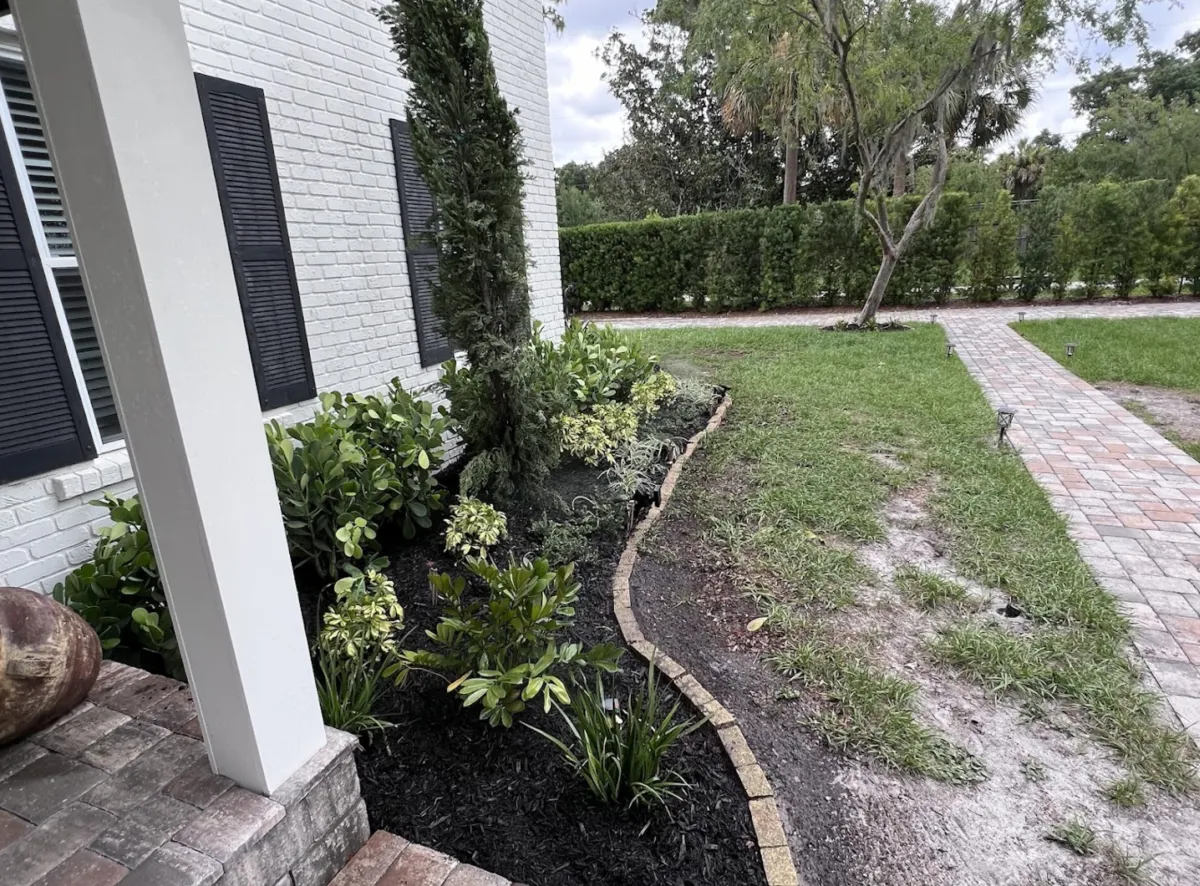

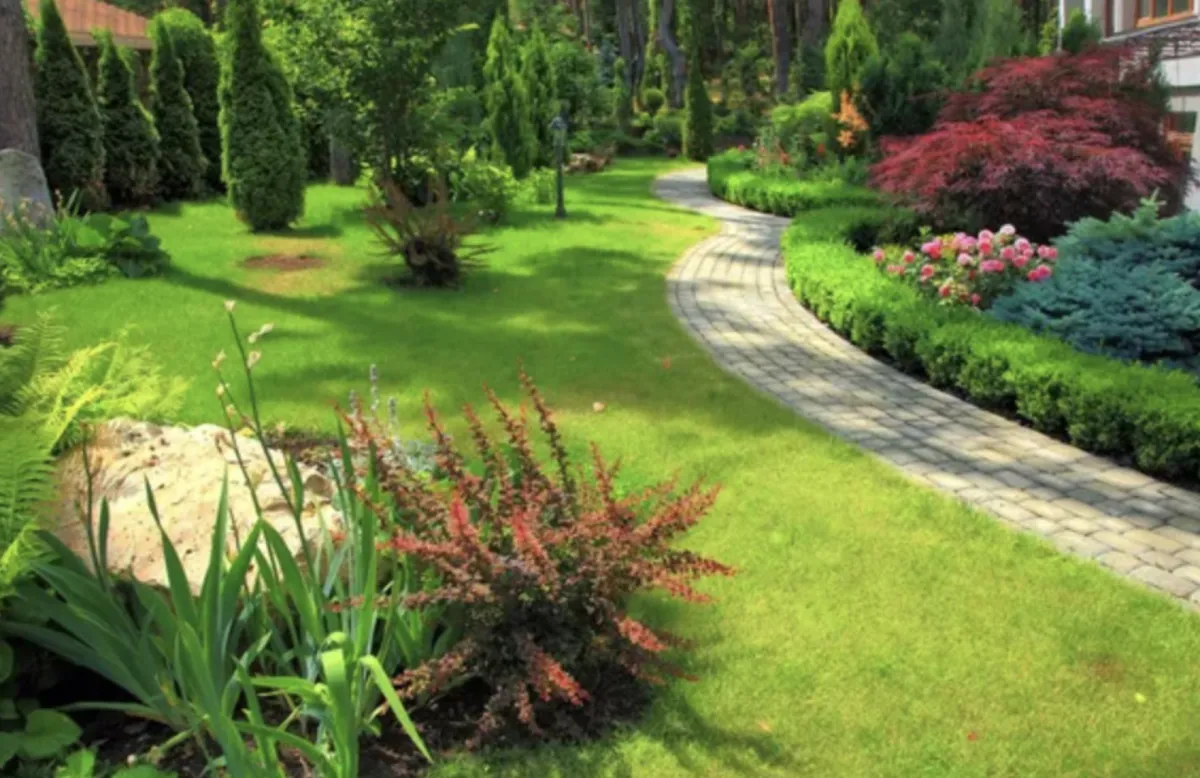
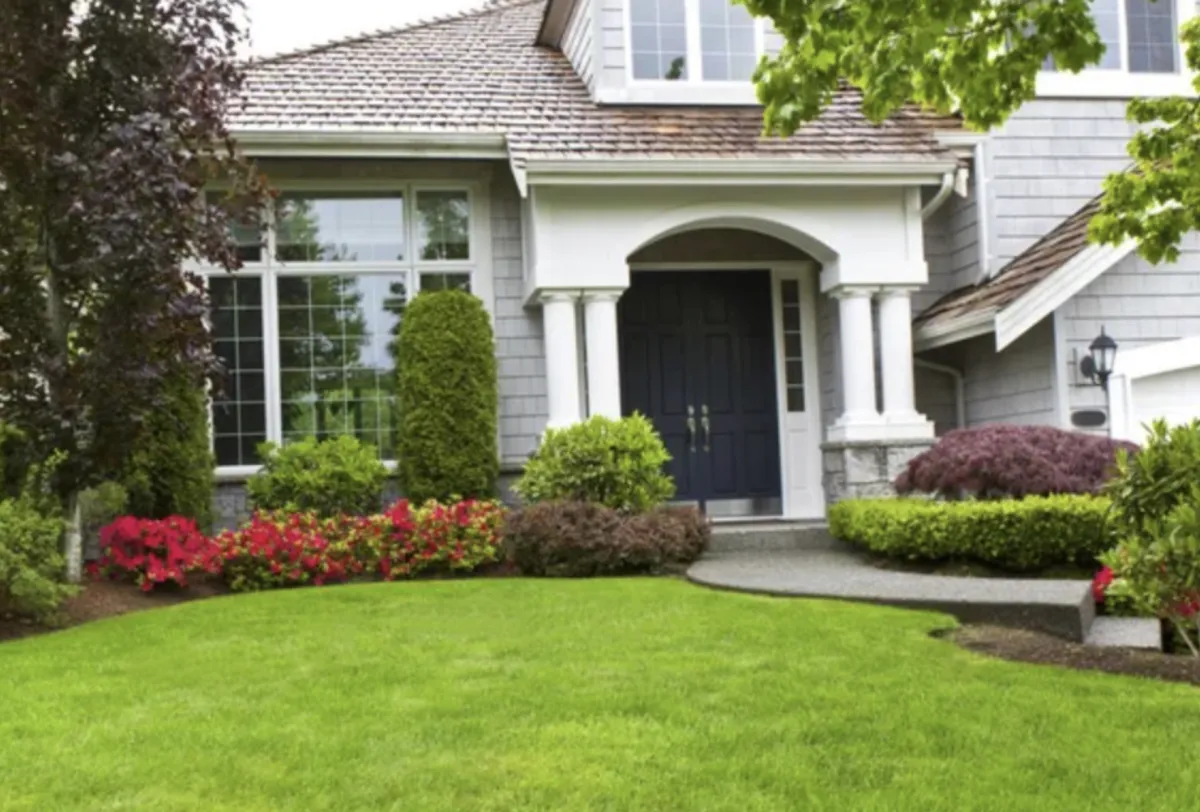
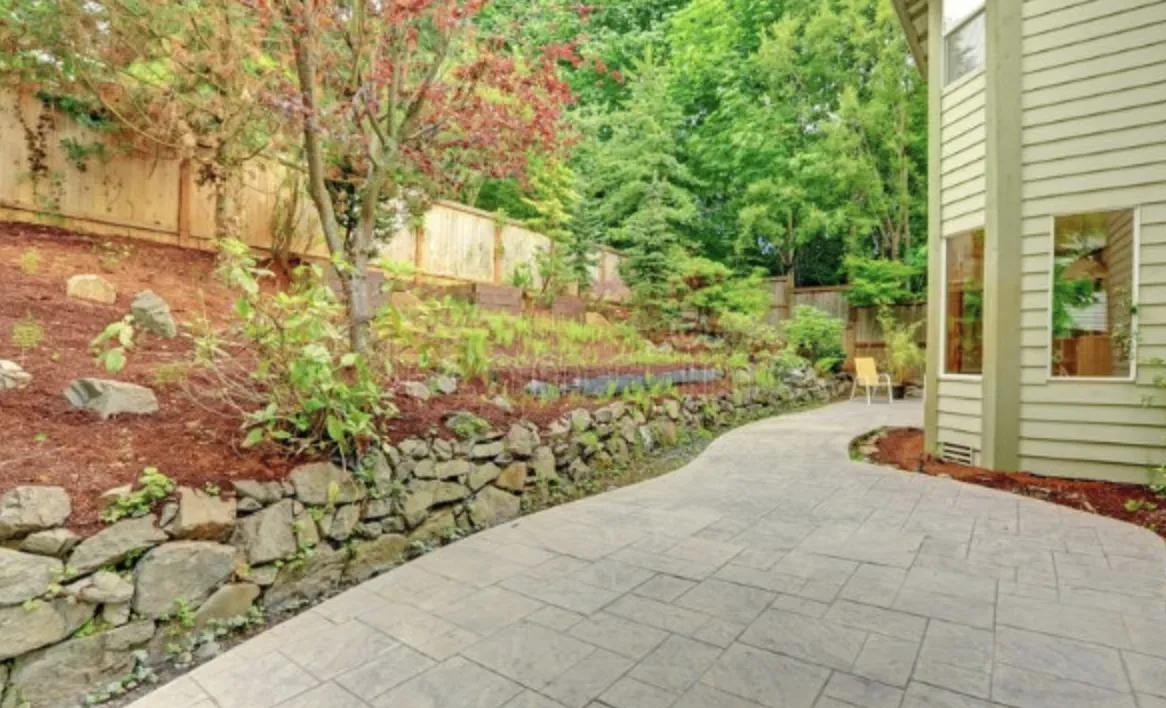

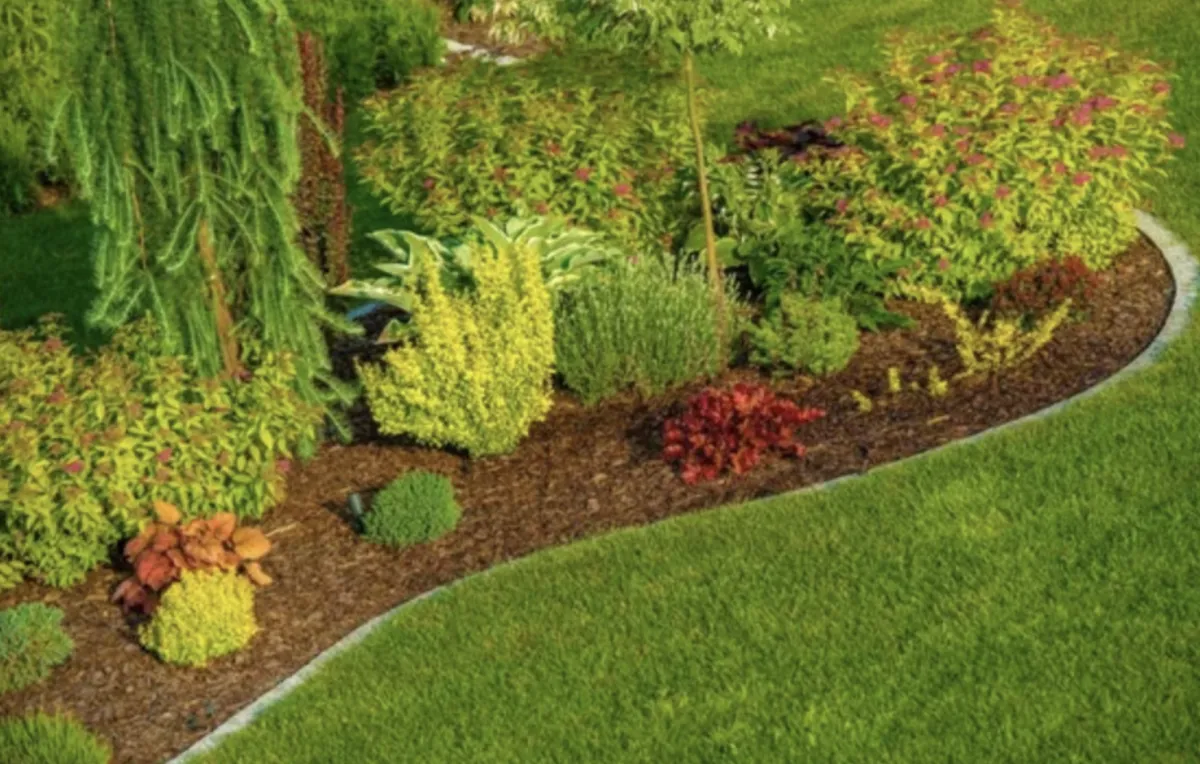

See What Our Customer Say About Us
Sarah M., Fort Worth, TX

“I can’t say enough good things about HF Landscape Design Fort Worth. They totally transformed our backyard into something out of a magazine — and they did it on time and within our budget. The team showed up early every day, cleaned up after themselves, and really listened to what we wanted. You can tell they actually care about the little details, not just getting the job done. Our neighbors keep stopping by asking who did the work — we tell everyone to call HF Landscape Design. Best decision we made for our home!”
Daniel R., Fort Worth, TX

“HF Landscape Design Fort Worth really blew us away. We had a plain front yard before, and now it looks like something you’d see in a design show. They helped pick the right plants for the Texas heat and even added lighting that makes the place glow at night. Super easy to talk to and very professional — they made the whole thing stress-free. We’d hire them again in a heartbeat.”
Megan & Tyler H., Fort Worth, TX

“Our backyard was just dirt and weeds before HF Landscape Design came in. Now it’s the spot where we spend every weekend with friends. They built a patio, added flower beds, and somehow made it all feel natural like it was always meant to be there. You can tell they love what they do — every detail was perfect. Highly recommend them to anyone in Fort Worth wanting a yard they’ll actually use.”
Get Professional Shrub Installation
Stop dealing with shrubs that struggle, die within months, or require constant pruning. Get professional shrub installation ensuring proper species selection and techniques for Fort Worth conditions.
Call (817) 580-3329 to schedule shrub installation consultation. We'll help select appropriate shrubs for your needs and install them correctly for long-term success.
Service Areas: Fort Worth, Tanglewood, Ridglea Hills, River Crest, Westover Hills, Berkeley, Monticello, Mistletoe Heights, and surrounding communities.
Frequently Asked Questions
What is the average cost of landscape design?
Landscape design costs in Fort Worth typically range from $2,000 to $8,000 depending on property size—project complexity—level of detail required. Simple front yard designs for smaller properties might run $1,500 to $3,000. Comprehensive landscape plans for larger properties with detailed planting plans—hardscape designs—irrigation layouts—lighting plans usually cost $5,000 to $10,000 or more. We typically credit design fees toward installation if you proceed with us for the work. Design-only services cost more since we're not recouping fees through installation. Most clients in areas like Tanglewood or Westover Hills invest in detailed designs because their properties warrant professional planning. Newer neighborhoods with simpler yards might need less extensive design work.
What does it cost for a landscape design?
Design fees depend on project scope and what you need included. Basic conceptual designs showing general layout—plant groupings—hardscape locations run $1,500 to $3,000 for typical residential properties. Detailed construction-level plans with exact plant specifications—hardscape dimensions—grading plans—irrigation zone maps cost $4,000 to $8,000 or higher for complex projects. Commercial landscape design involves additional complexity and typically costs more. We discuss your specific needs during initial consultation and provide design fee quotes based on actual scope. Design fees get credited toward installation when you hire us for the work. Fort Worth properties with challenging conditions—significant slopes—drainage issues—often need more detailed planning which affects design costs.
What is the difference between a landscape architect and a landscape designer?
Landscape architects have formal education—state licensing—ability to stamp engineering drawings for permits. They handle complex projects requiring grading engineering—structural calculations—commercial site development—regulatory compliance. Landscape designers focus on plant selection—aesthetic layout—residential design without engineering components. In Fort Worth, landscape architects are required for certain commercial projects—retaining walls over specific heights—projects needing engineered drainage solutions. Residential projects usually work fine with landscape designers unless you've got significant slope issues—major grading needs—structures requiring engineering stamps. Landscape architects cost more but bring technical expertise for complex projects. Most residential landscapes in neighborhoods like Arlington Heights or Ridglea work well with landscape designers. Larger estates or properties with serious site challenges benefit from landscape architectural services.
Why is landscape design so expensive?
Professional landscape design involves considerable time—expertise—detailed planning work. Designers spend hours on site assessment—measuring—analyzing drainage and sun patterns—researching plant options for specific conditions. Creating scaled plans requires CAD software skills—design knowledge—understanding of Fort Worth's climate and soil conditions. Good designers prevent expensive installation mistakes—plant failures—drainage problems that cost far more to fix later. You're paying for years of experience knowing what works in North Texas clay soil—which plants survive July heat—how to design irrigation zones efficiently. Design fees also cover revisions—client meetings—coordination with contractors during installation. Cheap or free designs often mean cookie-cutter plans—inexperienced designers—or design costs hidden in inflated installation prices. Professional design upfront saves money long-term by getting things right the first time.
What is the rule of 3 in landscaping?
The rule of three suggests planting in odd-numbered groups—typically three plants—creates more natural and visually appealing arrangements than even numbers. Three plants or features create triangular compositions—visual interest—balance without formal symmetry. This applies to groupings of the same plant variety or repeating design elements throughout the landscape. In Fort Worth landscapes, you might see three crape myrtles anchoring a bed—three groupings of ornamental grasses—three boulders in a natural arrangement. The rule helps avoid the static look of paired plantings or single specimens. Works for plants of various sizes—repetition of colors—hardscape feature placement. Not a strict requirement but a helpful design principle creating more dynamic landscapes. We use the rule of three alongside other design principles—proper spacing—mature size consideration—Fort Worth-appropriate plant selection.
What is a realistic landscaping budget?
Realistic budgets for Fort Worth landscape projects typically start around $10,000 for basic front yard renovations and run $20,000 to $50,000 for complete front and backyard transformations with hardscaping. Simple refreshes—new plants—mulch—irrigation repairs might cost $5,000 to $8,000. Projects including patios—retaining walls—outdoor kitchens—extensive plantings easily reach $50,000 to $100,000 or more. Budget depends on property size—existing conditions—how much hardscape you want—plant material quality and maturity. Fort Worth's clay soil often requires additional drainage work affecting costs. Established neighborhoods like Monticello with mature landscapes might need less work than new construction in Walsh Ranch starting from dirt. Quality materials and experienced installation cost more upfront but last longer and perform better in our climate.
